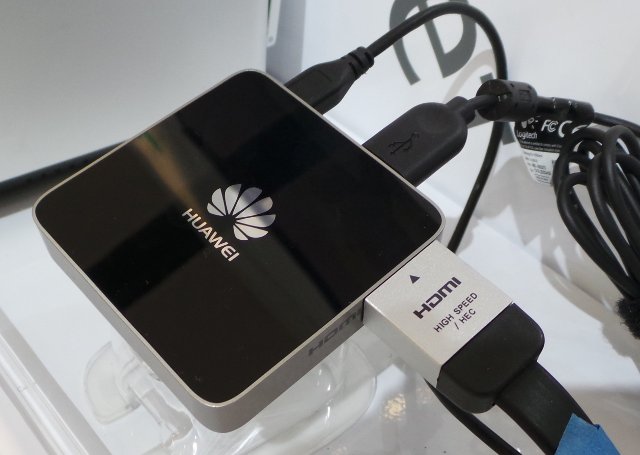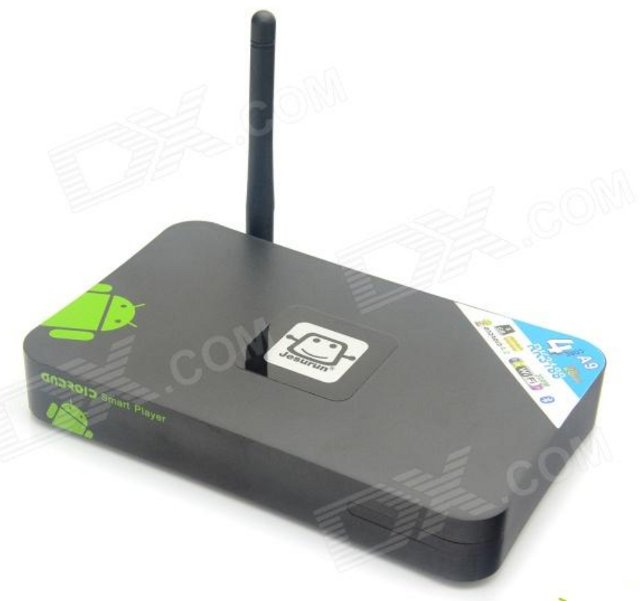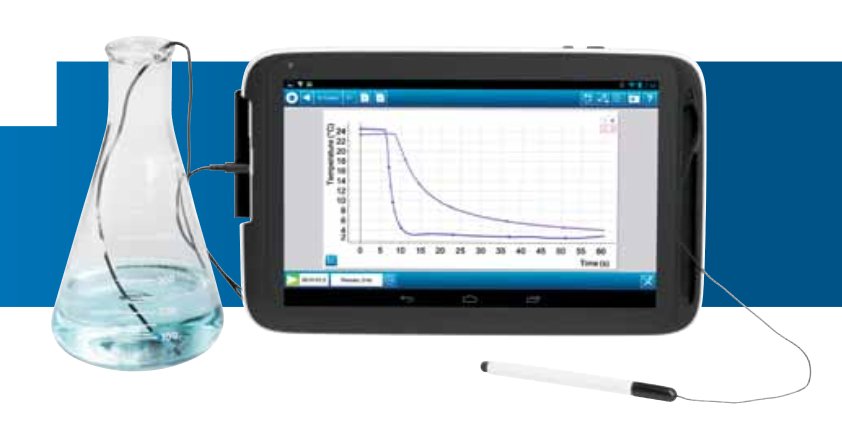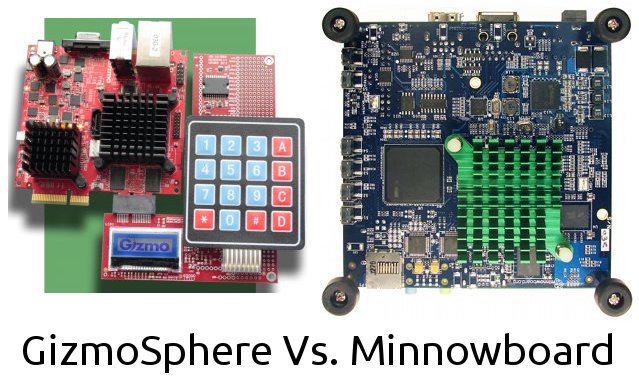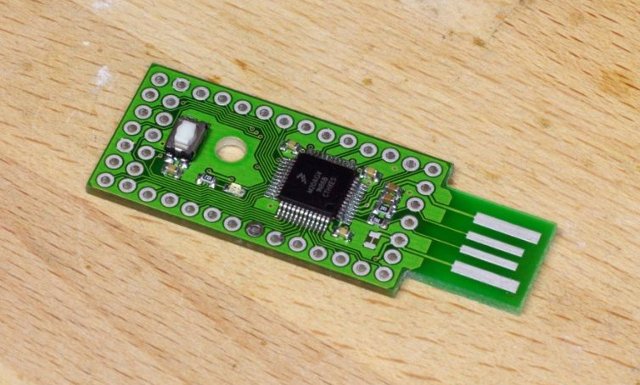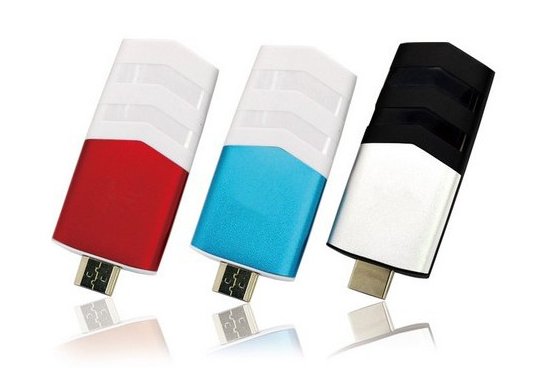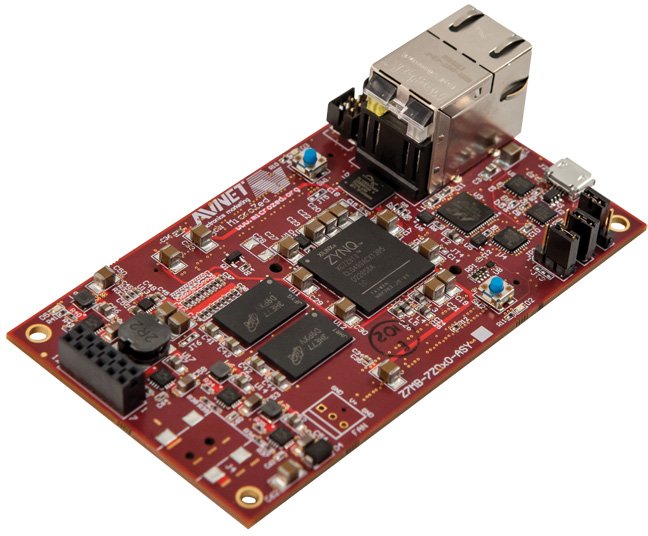Earlier this year, I’ve tried Gumstix Geppetto, a web-based application that let you easily design and order boards. You can just add some building blocks in Chrome browser, connect them, and you’re ready to order a PCB. However, the setup fee of $1999 reserves it to businesses. Don’t worry If you’re just a hobbyist as Fritzing, an open source software supporting Windows, MacOS and Linux, allows you to draw breadboard connections, and automatically route the schematics, and the PCB layout. You can then export the gerber files, or order directly from Fritzing Lab. The software is not exactly new, but it’s the first time I’ve come across it. I’m using Ubuntu 12.04 64-bit, so let’s download, install and run the corresponding version:
|
1 2 3 4 |
wget http://fritzing.org/download0.8.3b/linux-64bit/fritzing-0.8.3b.linux.AMD64.tar.bz2 tar xvf fritzing-0.8.3b.linux.AMD64.tar.bz2 cd fritzing-0.8.3b.linux.AMD64/ ./Fritzing |
I’ve decided to connect an LED on the breadboard, and control it with an Arduino Leonardo board to try the software. Alternatively, you could also play around […]



